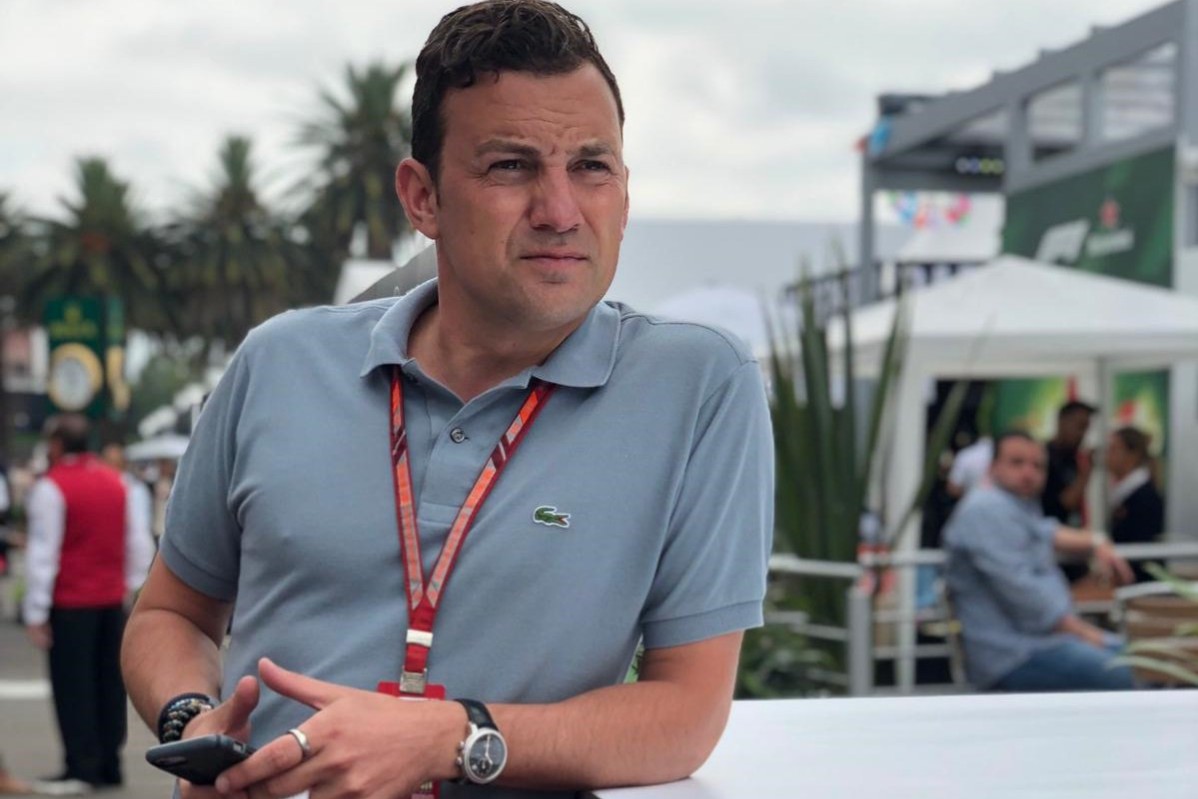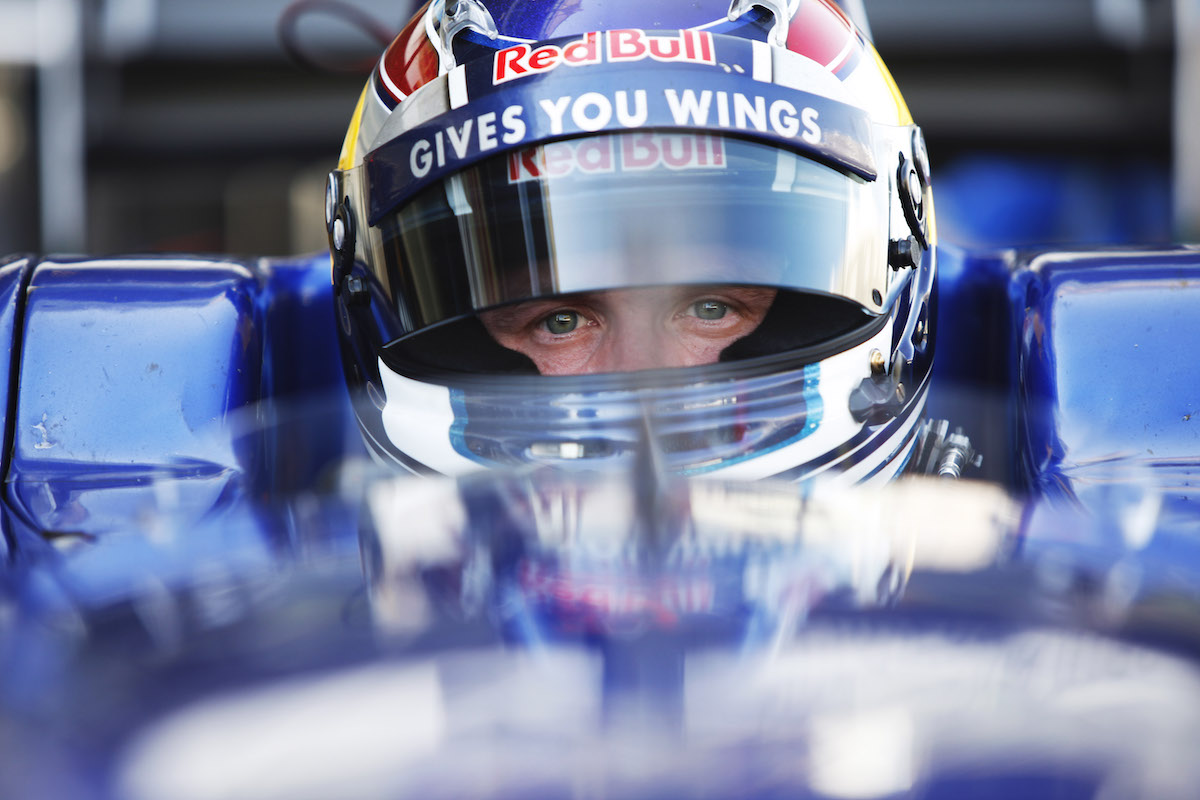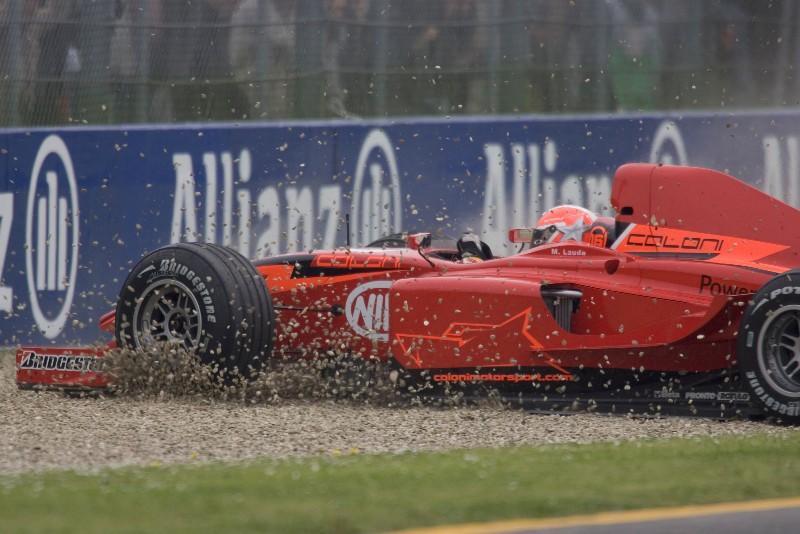
To conclude a week of GP2 celebrations, Formula Scout has consulted a man who knows the series better than most: its former press officer and F1 digital presenter Will Buxton. He kindly shared his thoughts
I was going through a list the other day of GP2 drivers that didn’t make it to Formula 1 and the list runs long.
Just off the top of my head, I’d love to have seen what Hiroki Yoshimoto, Adam Carroll, Alexandre Premat, Toni Vilander, Neel Jani, Nicolas Lapierre, Luca Filippi, Davide Valsecchi, Sam Bird, Tom Dillmann, James Calado, Mitch Evans, Robin Frijns, Artem Markelov, Alex Lynn, Dean Stoneman and Richie Stanaway could have done in the top tier. They were all knockout talents on their day who more than held their own against other GP2 drivers who made it all the way to F1.
From my early years I always felt Yoshimoto was a great talent who never got the chance he deserved, either with the team his skills merited in GP2 or the chances such a seat would have afforded him beyond that. Carroll, it goes without saying, is one of the best lost talents of the last two decades. So blindingly fast. I’d love to have seen what the French duo of Lapierre and Premat could have done in F1, too. They are both still super competitive and bloody quick. Jani, too, spent too long on the test roster. Always felt Toro Rosso should have given him a race seat. He was more than worthy. And it’s often forgotten that Vilander did a couple of races for Scuderia Coloni in the early days of GP2. Now there was (and is) a rapid racer who deserved way more from single-seaters.
The Italian duo of Filippi and Valsecchi could and should have had race shots in F1, no question. There was a cabal of Brits who I think would have more than cut the mustard, too. Bird, Calado and Lynn all had the quality to have raced, Evans was a sadly missed talent who I think could have made a splash, and given his natural ability behind the wheel I’d loved to have seen Stanaway have a shot.

Photo: Zak Mauger/GP2 Series Media Service
Dillmann and Frijns were dropped from their junior programmes tragically early as both more than had the talent to ascend to the very top with the right guidance and backing. And then there’s Markelov and Stoneman. Wouldn’t have played the political games, but would have been Nigel Mansell fast and no nonsense. Old school racers.
In the end I witnessed, as a press officer and then commentator, well over 200 races in GP2. Picking just one is so hard because of the almost limitless variables encountered across the seasons. The cars, the tracks, the field. But honestly, Lewis Hamilton in the Istanbul sprint race in 2006 was one of the most incredible drives I’ve seen in any series ever. The risk he took with the set-up of the car, the setback he encountered at the start and the comeback drive he delivered, was second to none.
Imola 2005 was, in hindsight and putting it mildly, a nightmare. It was four of the least pleasurable, longest and hardest days I think any of us involved in the championship as organisers or competitors had ever experienced either before or since. But it made the championship what it became, and I think in the end proved to beneficial for us all. Testing hadn’t been smooth. There were issues with the Dallara GP2/05 and we all knew it. Nobody had ever tried to make a spec series with a car this advanced before. You must remember that, at the time, it was such a massive leap ahead of where Formula 3000 had been and closer than a feeder category had ever been to F1 both in terms of tech and performance. We knew there were issues with the engines, the electrics and crucially the brakes. But Imola was where it had to begin. We couldn’t delay. Given the backing from Renault, Bridgestone and, crucially, Bernie Ecclestone, it had to start as planned.
Practice got off to a dreadful start when about half the field pulled over with an issue with the wiring loom. The first race was a disaster before it had even begun as Lapierre, who’d qualified on pole, blew up leaving the pitlane for the grid. Those whose engines or electrics didn’t fail soon realised their Carbone Lorraine brakes were never going to make full race distance.

The teams had been pulling all-nighters and were knackered. The media didn’t have F1 media centre access as we weren’t FIA, we didn’t have a proper media centre sorted in the paddock nor timing screens and so they weren’t best impressed. It was just one thing after another.
Overnight, Brembo paid GP2 bosses a visit. They’d heard we were having brake problems and just so happened to have a truck waiting outside the track with the exact size and spec replacement parts. They were fitted for Sunday’s sprint race. They were such better brakes that Ernesto Viso put his BCN Competition car in the wall on the recon lap to the grid because he’d hit the left pedal as hard as he’d needed to with the old brakes, locked everything up and spun off.
The race was brilliant, and was won by Adam Carroll with an insane overtaking move at the last chicane. I’m still not sure how he pulled it off as he came out almost sideways, overtaking Premat in the process who’d straightlined the kerb. That move was so electrifying and the race so good that by Sunday night we all breathed a sigh of relief. The problems were soon forgotten and fixed, but that first weekend had created something of a Blitz spirit and a bond between everyone in the paddock. Teams, organisers, media… everyone had chipped in and helped each other. It was such a huge undertaking that everyone worked together to ensure the success of the championship. It created a community and a spirit which I feel characterised GP2 for the rest of its existence.
More from GP2 week
The top 10 GP2 drivers that F1 missed out on
The strange story of the support series that supported itself
Reliving the first ever GP2 weekend: Imola 2005
Ranking the GP2/F2 champions of the 2010s
Giacomo Ricci: The GP2 underdog leading F2?s dark horse

Photo: Zak Mauger/FIA Formula 2